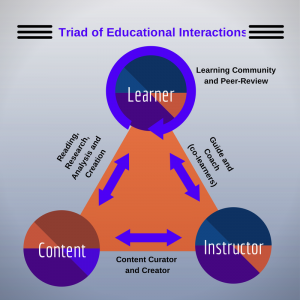2. I have yet to discover ways I will be effective. I have experience of accompanying and guiding students through real communities and in relationships with those on the margins when we’re sitting in the same room or walking the same streets, but how I can translate these skills and acquire new ones that work well on-line will be a discovery for me. More often than not my courses involve standing on the same street corner with my students listening to a local resident talk about the history of his or community, when that is a neighborhood in Atlanta or on the U.S-Mexico border. The tone of voice, the condition of the homes, the activity in the background, the signs of life and health, struggle and decline, are vital to the analysis and learning. That is, the context becomes the text, and to a great extent, must be shared. Photographing or video-taping people often changes their responses and always decreases the kind of observations (smells, sounds, sights, feelings/impressions, emerging relationships) that co-exist simultaneously and inform one another as they inform the students about the whole, complex reality of a situation.
3. I have several concerns, not the least of which is the lack of technical savvy. I also prefer to have my fingers in the dirt, in bread dough, or on my guitar than on a computer keyboard. I am also easily distracted. I have learned to manage those distractions when face-to-face with students, but find myself whirling around when in an on-line classroom, easily losing focus, reacting to technical glitches or noises off stage.






Recent Comments